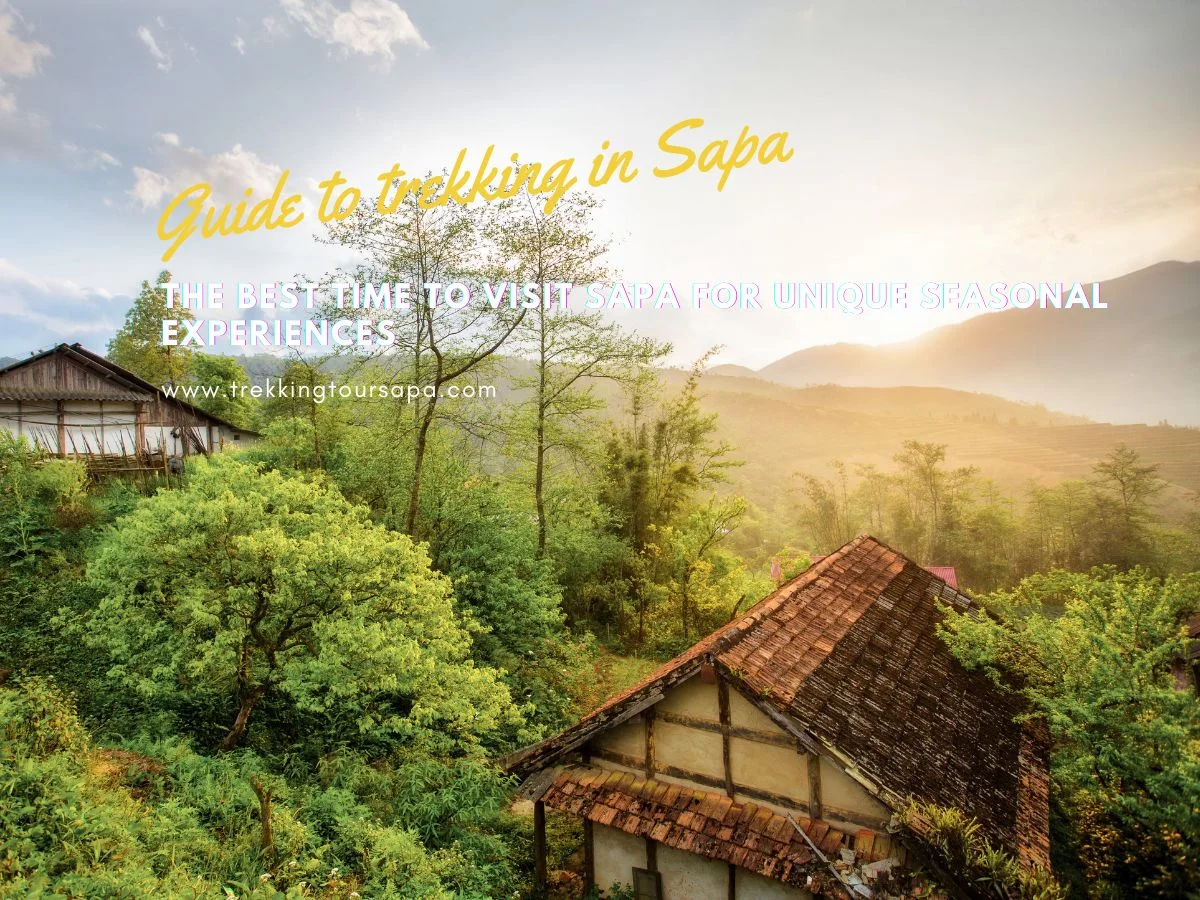Are you seeking a unique travel experience that will take you off the beaten path? Look no further than Sapa, Vietnam. Nestled in the northern mountains, this vibrant destination is known for its stunning scenery, rich culture, and bustling markets. But when is the best time to visit Sapa for an unforgettable trip?

The answer depends on what kind of experience you’re looking for. Each season in Sapa offers something special: from misty rice terraces in the summer to colorful festivals in the fall and winter snowscapes. With so much to see and do, it can be hard to choose just one time of year. Fortunately, we’ve put together this guide to help you plan your perfect trip to Sapa – no matter when you decide to go!
Table of Contents
ToggleSummer in Sapa (June-August)
You’ll love exploring Sapa in the summertime, with its stunning views and vibrant culture. The weather is warm and sunny, perfect for outdoor activities like trekking. There are many trekking routes that offer breathtaking views of the mountains and rice terraces. You can take a guided tour or venture out on your own to discover hidden waterfalls and scenic villages.
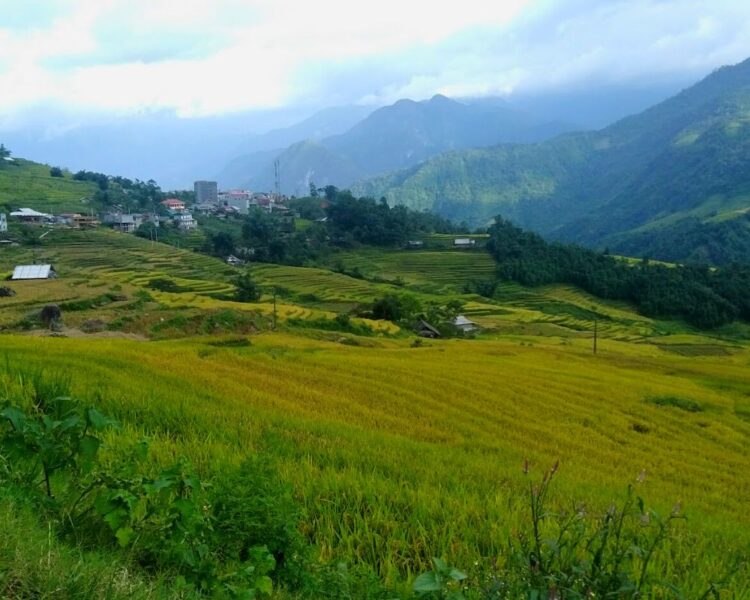
In addition to outdoor adventures, summer is also a great time to experience local festivals in Sapa. The Love Market Festival takes place in June and celebrates the romantic traditions of ethnic minority groups in the area. In August, the Sapa Cultural Tourism Week showcases traditional music, dance, and handicrafts from different ethnic communities. These festivals offer a unique insight into the cultural heritage of Sapa and are not to be missed! As summer draws to a close, it’s time to look forward to autumn in Sapa (September-November).
Autumn in Sapa (September-November)
Autumn in Sapa offers a stunning display of fiery foliage, with the crisp air and golden sunlight creating a picturesque scene. This season is the best time to visit if you want to witness the changing colors of nature that turn from green to yellow, orange, and red. The rice terraces also add to the beauty of this season as they turn into a golden hue. Autumn in Sapa is also known for its festivals such as Mid-Autumn Festival and the Love Market Festival which showcases cultural traditions and customs.
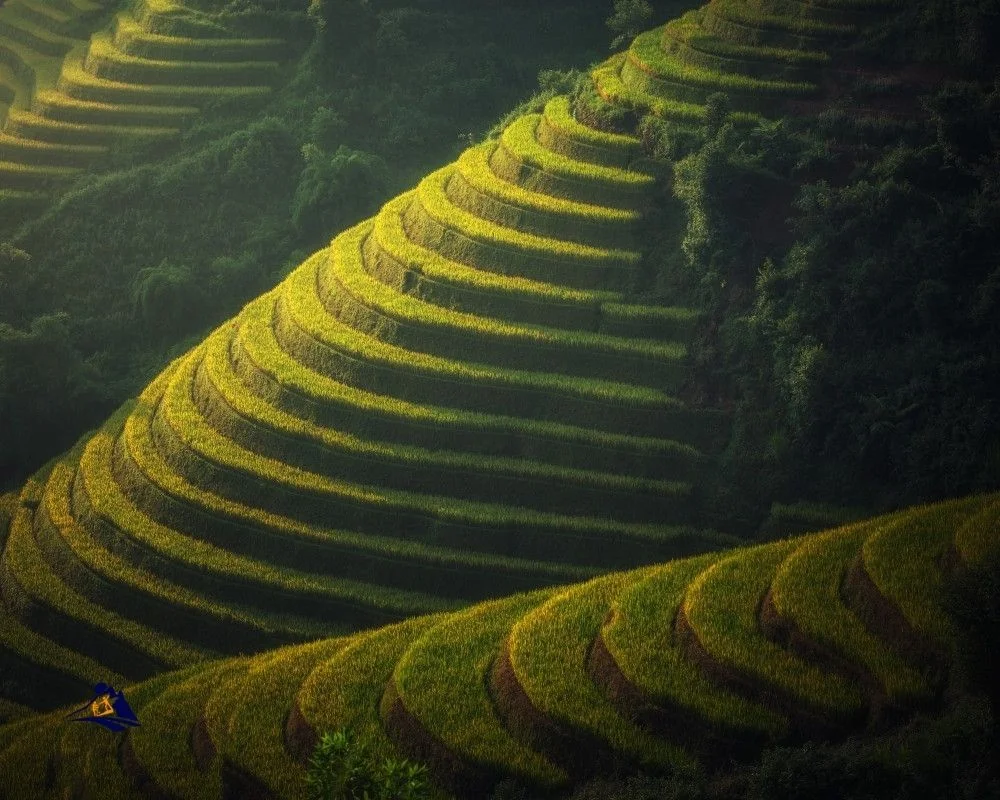
Aside from enjoying the colorful scenery and festivals during autumn, there are other activities that you can do in Sapa during this season. You can go trekking to explore various ethnic villages like Cat Cat Village, Lao Chai Village, or Ta Van Village while taking in breathtaking views of hills covered with vibrant foliage. You can also indulge in local cuisine like grilled pork sausages or sip on warm tea while sitting by a cozy fire at night. All these experiences make autumn an ideal time to visit Sapa before winter sets in. Speaking of winter…
Winter in Sapa (December-February)
As you enter the winter season in Sapa, you’ll be greeted with a serene and peaceful atmosphere that is perfect for those seeking solitude amidst the snow-capped peaks. The chilly weather may deter some visitors, but for the adventurous ones willing to brave the cold, there are plenty of unique experiences to enjoy. Here are four reasons why winter in Sapa is worth experiencing:
- Snowy landscapes: Sapa transforms into a winter wonderland during this time of year, with stunning views of snow-covered mountains and valleys.
- Winter festivals: The locals celebrate various festivals during this time of year, such as the Coc San festival where people gather to sing and dance around a bonfire.
- Hot springs: There’s nothing like soaking in a hot spring on a crisp winter day. Sapa has several natural hot springs that offer relaxation and healing benefits.
- Authentic local experience: With fewer tourists visiting during this season, you’ll have more opportunities to interact with locals and learn about their way of life.

As enchanting as winter can be in Sapa, it eventually gives way to spring which brings its own set of unique experiences.
Spring in Sapa (March-May)
Just like a butterfly emerging from its cocoon, Sapa transforms into a vibrant and colorful destination during springtime. As the winter chill slowly fades away, Sapa’s hillsides come alive with flower blooms of various hues and shades. From peach blossoms to plum blossoms, the town is covered in beautiful colors that will leave you mesmerized.

Spring is also an excellent time for hiking enthusiasts who want to explore Sapa’s natural beauty on foot. With milder temperatures and less rainfall, hiking trails are more accessible and offer breathtaking views of lush greenery. You can trek through rice paddies, terraced fields, and cascading waterfalls while enjoying the fresh mountain air. Spring in Sapa is undoubtedly a season full of life and energy that you don’t want to miss out on! Now let’s move on to off-peak season benefits…
Off-Peak Season Benefits
You’ll love how much you can save and how peaceful it is when visiting Sapa during the off-peak season. Here are some reasons why you should consider booking your trip during this time:
- Budget-friendly options: Off-peak season means lower prices on accommodations, tours, and transportation. You can get more bang for your buck and stretch your budget further.
- Crowd-free travel: If you prefer a quieter and less crowded experience, then traveling during the off-season is perfect for you. You won’t have to compete with other tourists for photo ops or worry about long lines at popular attractions.
- Authentic experiences: Since there are fewer tourists around, locals tend to be more relaxed and open to interacting with visitors. This presents an opportunity to learn more about their culture, history, and way of life.
- Unique weather conditions: Although it may not be ideal for hiking or trekking, the off-season offers a different perspective of Sapa’s landscapes. Misty mountains and foggy valleys create an ethereal ambiance that can be just as breathtaking as sunny days.
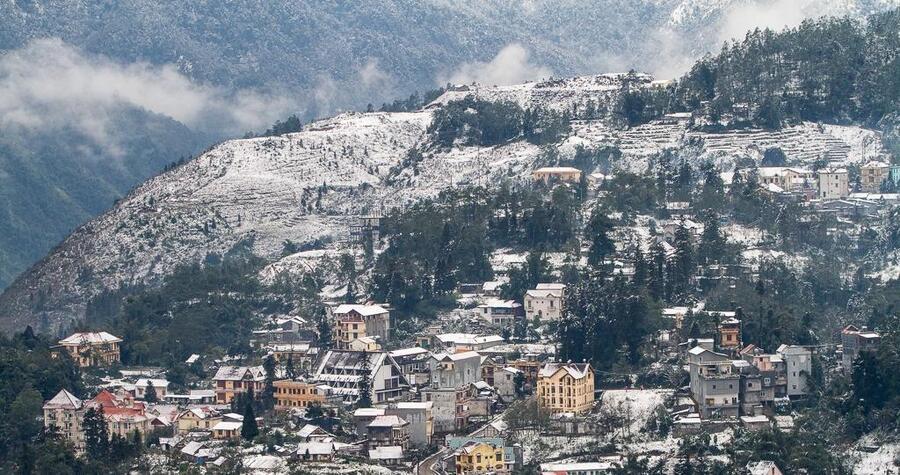
So if you’re looking for a budget-friendly, crowd-free option that allows you to experience Sapa in a unique way – consider traveling during the off-season! But before booking your tickets, let’s discuss choosing the best time for your trip.
Choosing the Best Time for Your Trip
When planning your trip to Sapa, it’s important to consider the different seasons and how they can impact your overall experience. The best time for you to visit will depend on what type of traveler you are and what kind of experience you’re looking for. For those who prefer fewer tourist crowds and budget planning, the off-peak season is an excellent choice. However, if you want to experience unique seasonal activities, then visiting during peak season might be more suitable.
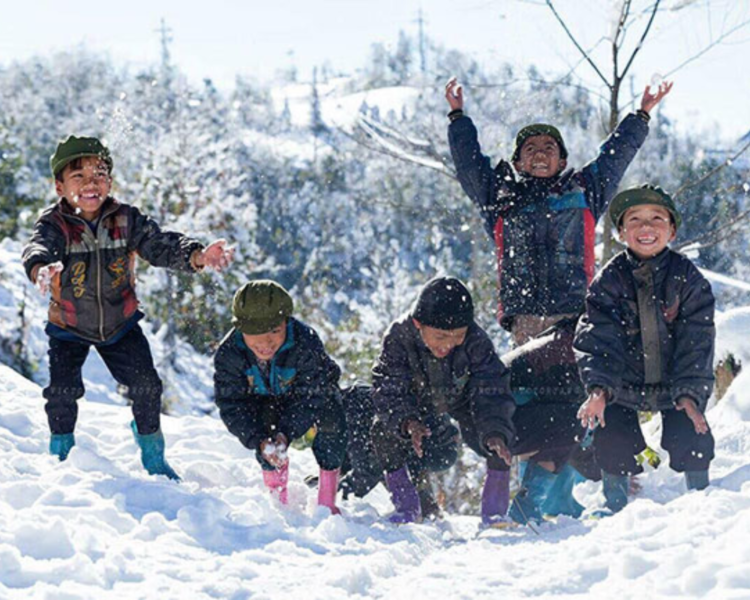
To help you choose the best time for your Sapa trip, here’s a table that highlights the different seasons and their corresponding weather conditions:
| Season | Weather Conditions | Ideal Activities |
|---|---|---|
| Spring (March – May) | Cool weather with occasional misty rain showers. | Trekking through rice terraces while admiring blooming flowers. |
| Summer (June – August) | Warm weather with occasional heavy downpour. | Visiting local villages and swimming in natural waterfalls. |
| Autumn (September – November) | Cool and dry weather with clear skies. | Hiking through scenic mountain trails while enjoying panoramic views of lush greenery. |
| Winter (December – February) | Cold temperature with occasional snowfall at high altitudes. | Exploring local markets filled with warm clothing and indulging in hot pot meals |
As you can see from the table above, each season has its own unique charm that offers a variety of activities to enjoy in Sapa. By choosing the best time for your travel itinerary, you’ll be able to maximize your experience according to your preferences and interests!
Tips for Making the Most of Your Sapa Experience
To fully optimize your trip to Sapa, it’s essential to take into account some tips that can enhance your overall experience. Here are four things you should consider doing during your visit:
- Try the local cuisine: Sapa offers a wide variety of delicious food options that you won’t find anywhere else in Vietnam. From grilled meats to fresh vegetables and unique spices, there’s something for everyone to enjoy. Be sure to try traditional dishes like thang co (a type of stew made with horse meat), banh cuon (steamed rice rolls filled with pork and mushrooms), and xoi (sticky rice). You won’t regret it!
- Attend cultural activities: Sapa is home to several ethnic minority groups, each with their own unique traditions and customs. Attending a cultural event or festival is an excellent way to learn more about these cultures and connect with locals. Some popular events include the Bac Ha Market on Sundays, the Love Market in Sapa town on Saturdays, and the Flower Hmong Festival in May.
- Take a trekking tour: The stunning landscapes surrounding Sapa are best explored by foot, so be sure to book a trekking tour while you’re there. Depending on your fitness level, there are several different routes available ranging from easy walks through terraced rice fields to challenging hikes up steep mountain paths.
- Stay at a homestay: To get a truly authentic experience of life in Sapa, consider staying at a homestay run by locals from one of the ethnic minority groups. This will give you an opportunity to learn more about their culture firsthand while experiencing their daily routines such as cooking meals together or working on the farm.
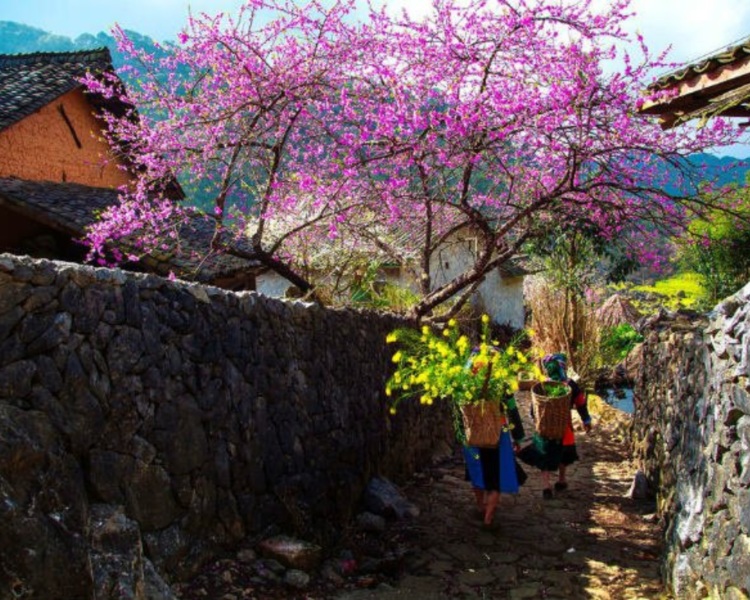
By following these tips during your trip to Sapa, you’ll have an unforgettable experience that allows you to immerse yourself in Vietnamese culture while exploring one of the country’s most beautiful regions – all while feeling free from the stresses of everyday life.
The Best Time To Visit Sapa For Unique Seasonal Experiences Frequently Asked Questions
Are there any festivals or events that happen in Sapa during specific seasons?
If you’re looking for local festivals and seasonal traditions in Sapa, then you’re in luck. The town is home to several ethnic minority groups who celebrate their unique cultures throughout the year. During springtime, the H’Mong people hold a festival called Gau Tao that involves traditional dances and games. In summer, the Tay people have their Long Tong festival where they pray for good fortune and a bountiful harvest. The Red Dao people celebrate their New Year’s Day in January or February with colorful parades and festive activities. No matter what season you visit Sapa, there’s always a chance to witness these vibrant cultural events and learn more about the area’s rich history and traditions.
What are some of the most common outdoor activities to do in Sapa during each season?
Ready to explore the great outdoors in Sapa? No matter what time of year you visit, there are plenty of hiking trails to discover. During the spring and summer months, you’ll be rewarded with lush greenery and blooming flowers as you trek through the mountains. In the fall, the leaves change colors, creating a stunning backdrop for your hike. And if you’re up for a challenge, try visiting in the winter when snow covers the hillsides and transforms the landscape into a winter wonderland. When you’re ready to take a break from your outdoor adventures, make sure to check out one of Sapa’s local markets where you can shop for traditional handicrafts and meet friendly locals. With so much natural beauty and cultural richness to explore in Sapa, it’s no wonder this destination is a must-visit for those seeking adventure and freedom.
Are there any areas in Sapa that are closed off or inaccessible during certain times of the year?
If you’re planning a trip to Sapa, it’s important to know that there are some areas which may be closed off or inaccessible during certain times of the year due to seasonal closures and accessibility restrictions. For example, some trekking routes may be closed during heavy rain or snowfall, while others may require a guide during certain seasons. However, don’t let this deter you from visiting Sapa! There are still plenty of outdoor activities and breathtaking landscapes to explore year-round. Just make sure to do your research ahead of time and plan accordingly so that you can make the most out of your visit.
What are some of the unique cultural experiences that can be had in Sapa during each season?
Looking for unique cultural experiences in Sapa? You’re in luck! Homestay experiences are a must-do, no matter the season. Immerse yourself in the local culture by staying with a family and learning about their daily lives. And don’t forget to try the local cuisine specialties! From delicious pho to savory spring rolls, you’ll discover new flavors and dishes that will leave your taste buds wanting more. So whether it’s spring, summer, fall or winter, Sapa has something special to offer every traveler seeking an authentic cultural experience.
How do the prices for accommodations and activities vary depending on the season in Sapa?
If you’re looking to save some money on your next trip to Sapa, consider visiting during the off-peak season. Not only will you avoid the peak season crowds, but you’ll also have access to great off-peak deals on accommodations and activities. During the high season, prices for hotels and tours tend to skyrocket due to increased demand. But if you visit during the shoulder or low season, you can take advantage of discounted rates without sacrificing any of the unique cultural experiences that Sapa has to offer. So why not break free from the tourist rush and plan your next adventure in Sapa during its quieter months? You might just be surprised at what treasures await!
Conclusion
Congratulations! You now know the best time to visit Sapa and experience its unique seasonal wonders. Whether you’re a nature lover, adventure seeker, or culture enthusiast, there’s something for everyone in this beautiful mountain town.
As the saying goes, “The early bird catches the worm.” So don’t wait too long to plan your trip and miss out on all the amazing experiences that await you in Sapa. With each season offering its own charm and allure, it’s up to you to choose which one suits your preferences best.
So pack your bags, put on your hiking boots or grab your camera, and get ready for an unforgettable journey through Vietnam’s breathtaking landscapes. Remember, as John Muir once said: “In every walk with nature one receives far more than he seeks.” And with Sapa’s stunning scenery and vibrant culture, you’ll definitely receive more than what you bargained for.
